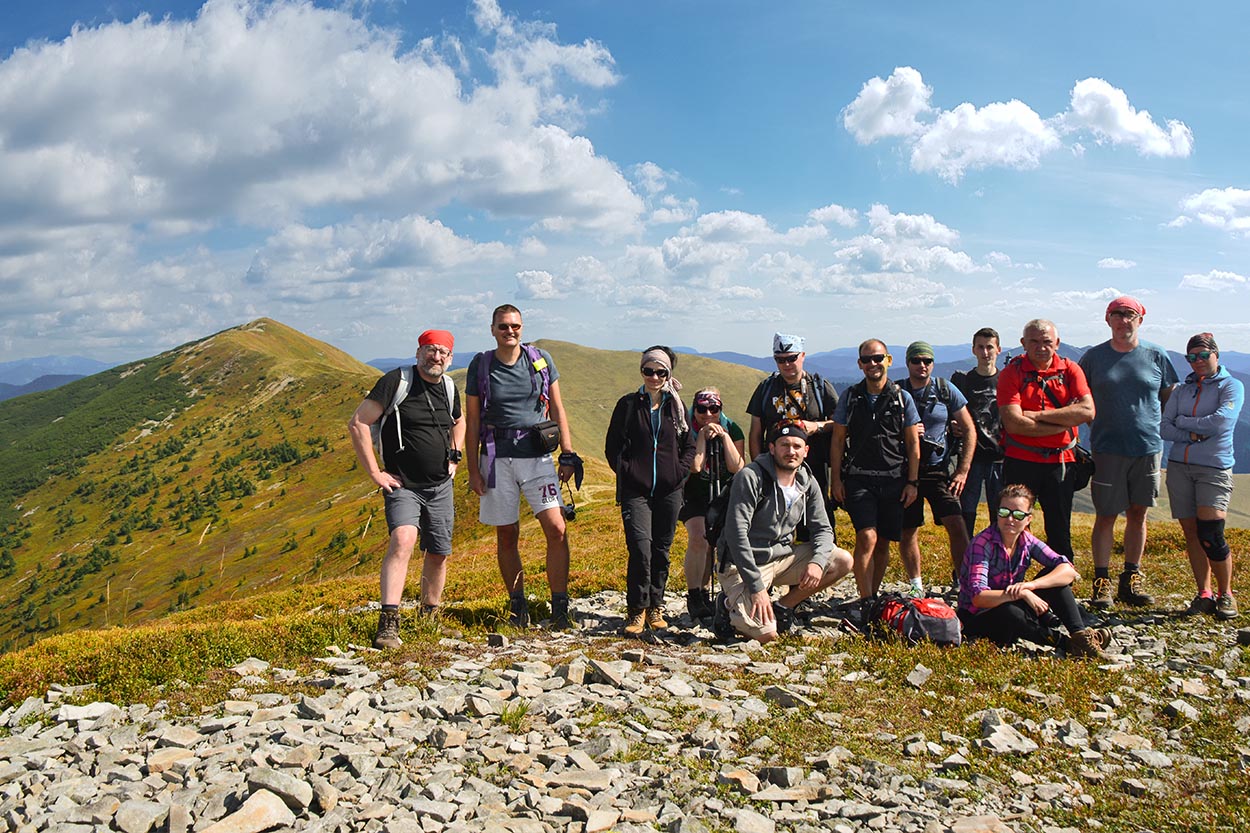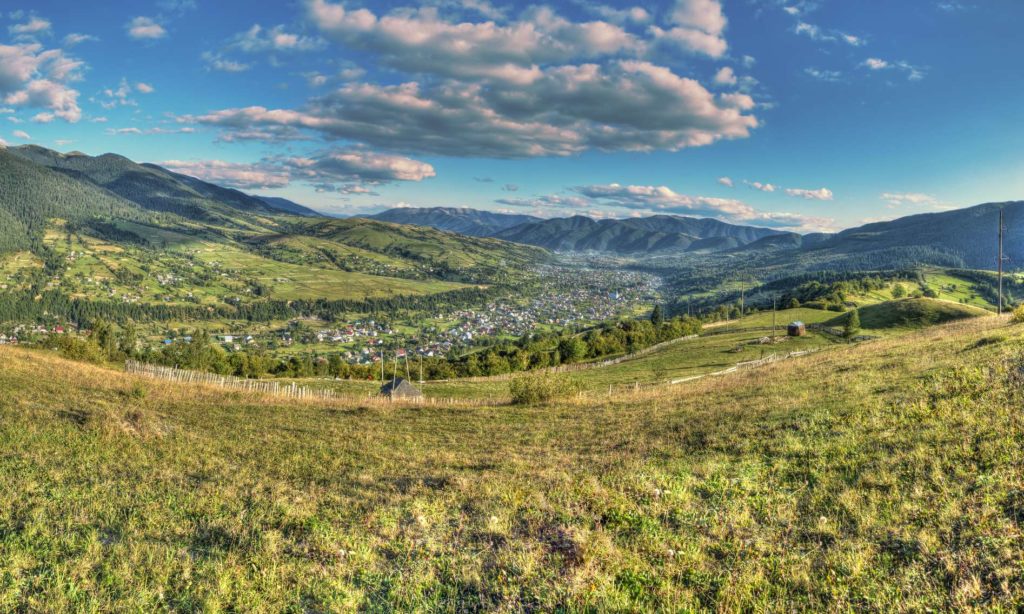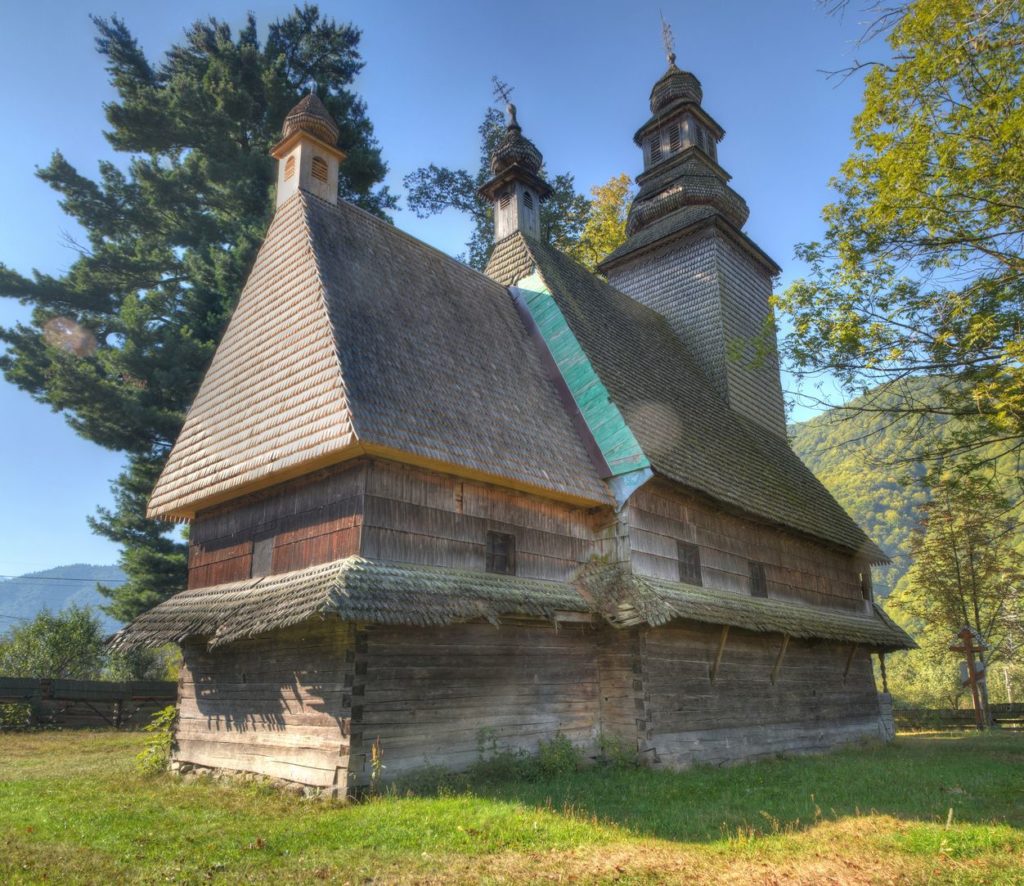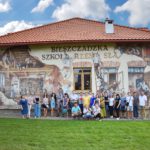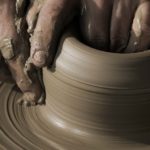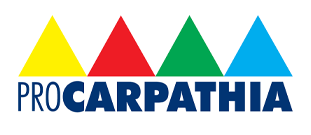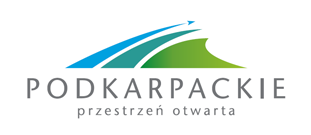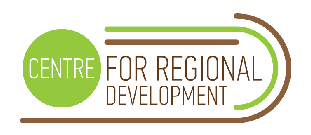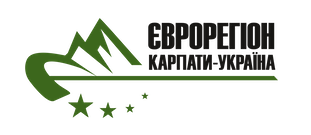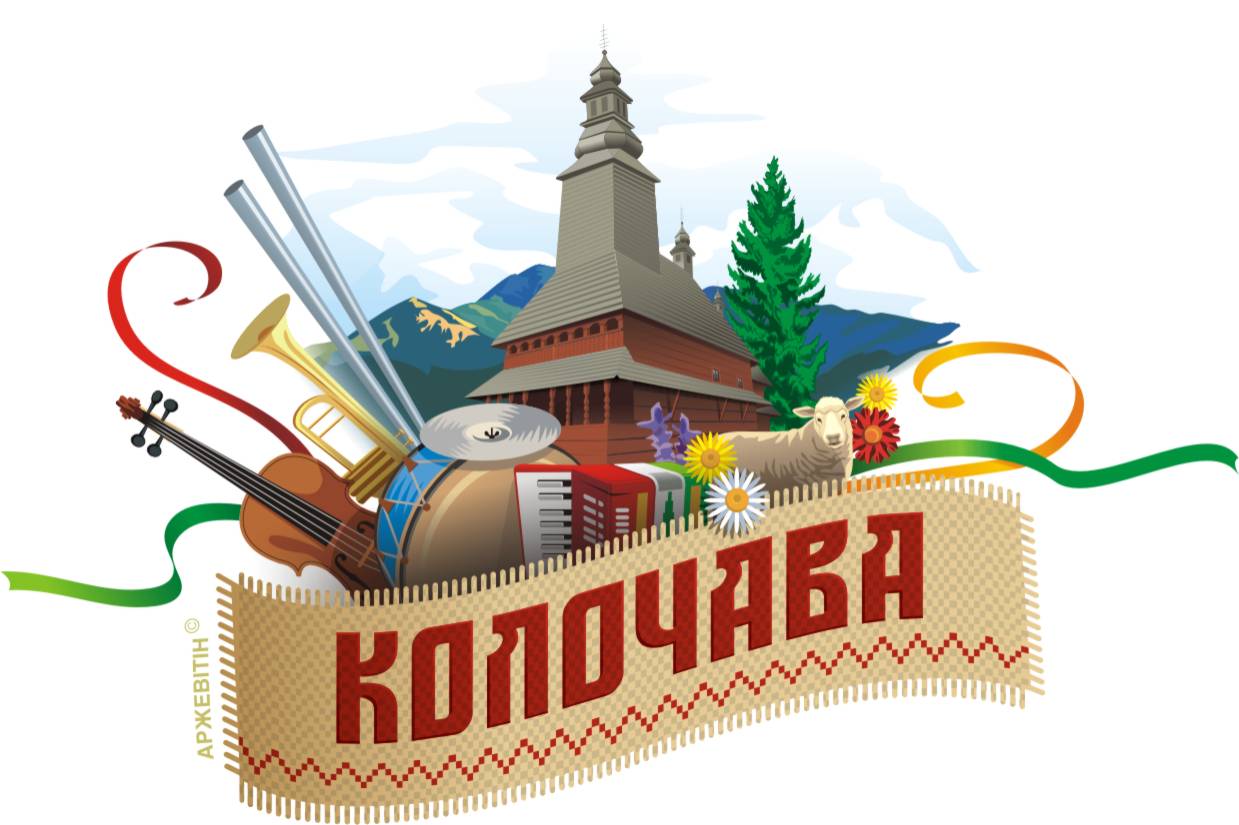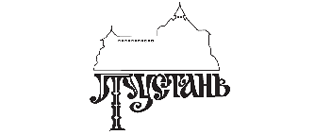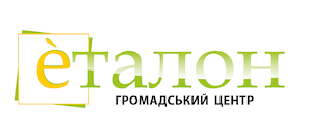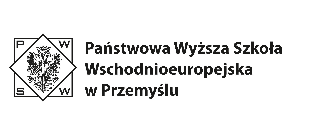Participants of a research expedition aimed at registering elements of the cultural heritage of the Carpathians – organized as part of the project “World of Carpathian rosettes” – visited Ukraine for the third time. The area of the mission carried out from 4 to 8 September 2019 was primarily the Gorgany region.
For the duration of your stay in Gorgany, synevir, which has an optimal location useful for smooth exploration of scheduled mission points, is on the starting point of the expedition. The region has a rich history and abounds in numerous places providing it, with this mainly due to the frequent change in nationality of the area. Only in the last century, Gorgan and Transcarpathia were successively within Austro-Wegier, Czechoslovakia, the Kingdom of Hungary, the Soviet Union and, finally, independent Ukraine. This frequent change of boundaries determined the emergence of new elements in the culture of nationality and the consolidation of respect for diversity.
The first object visited during the trip was the historic Church of St. Peter. Spirit in Kolczaw, now having the status of a museum. In this wooden, former Greek Catholic temple, various artifacts related to the history of Koloczawa were collected, not only of a sacred nature. We find here m.in. old books, folk regional costumes, old diplomas and documents. An important complement to the visit to this place and getting to know the collections gathered there was the visit of the open-air museum of the Old Sioło. This open-air museum perfectly illustrates the multinational legacy of Koloczawa and the surrounding area. There are historic buildings m.in. former armoured school, Jewish ham or forge and imperial royal universal school. There were also facilities related to World War I and II and sometimes the Soviet Union. On the territory of the Old Sioła there is also an idle station of the former narrow gauge railway, as well as elements of rolling stock and other antique rail vehicles.
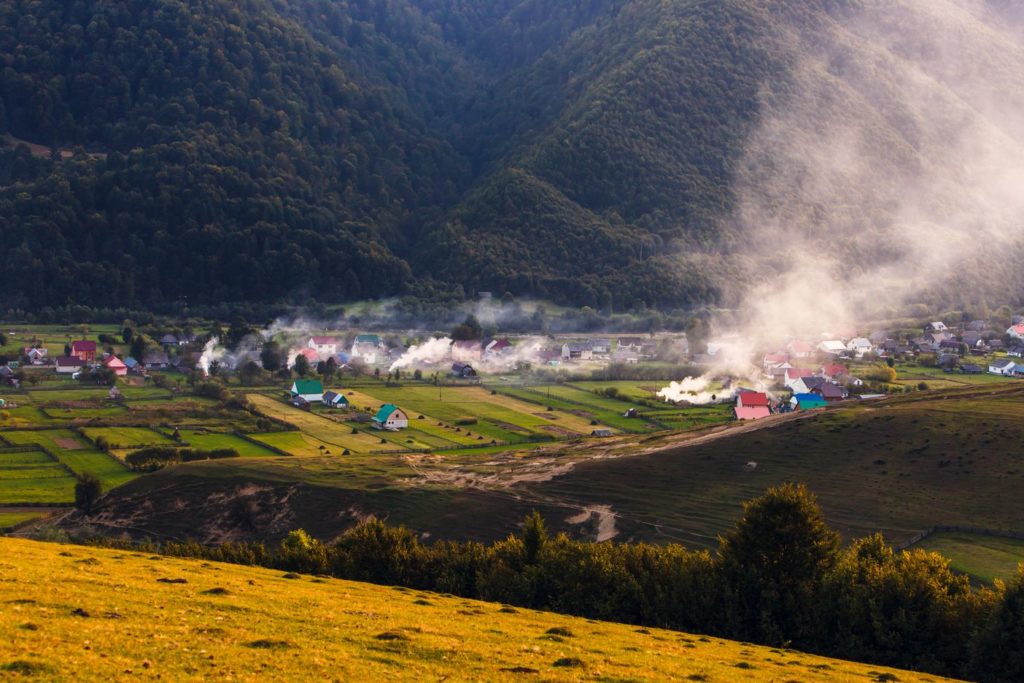
One of the parts of Koloczawa in a picturesque valley – the view at the descent from the slope of Barwinok
During the expedition it was possible to see many monuments commemorating the figures associated with the history of koloczawa and the surrounding area, eg. Ivan Olbracht, czech pen master associated with Zakarpac, monument “Shepherd”, or monument to the “Family”. The memory of the robber Mykola Szuhaja, who according to the locals also had positive cards in his resume is also cultivated here. A valuable guide to objects was a local history expert, ethnographer and educator Vasily Gleba.
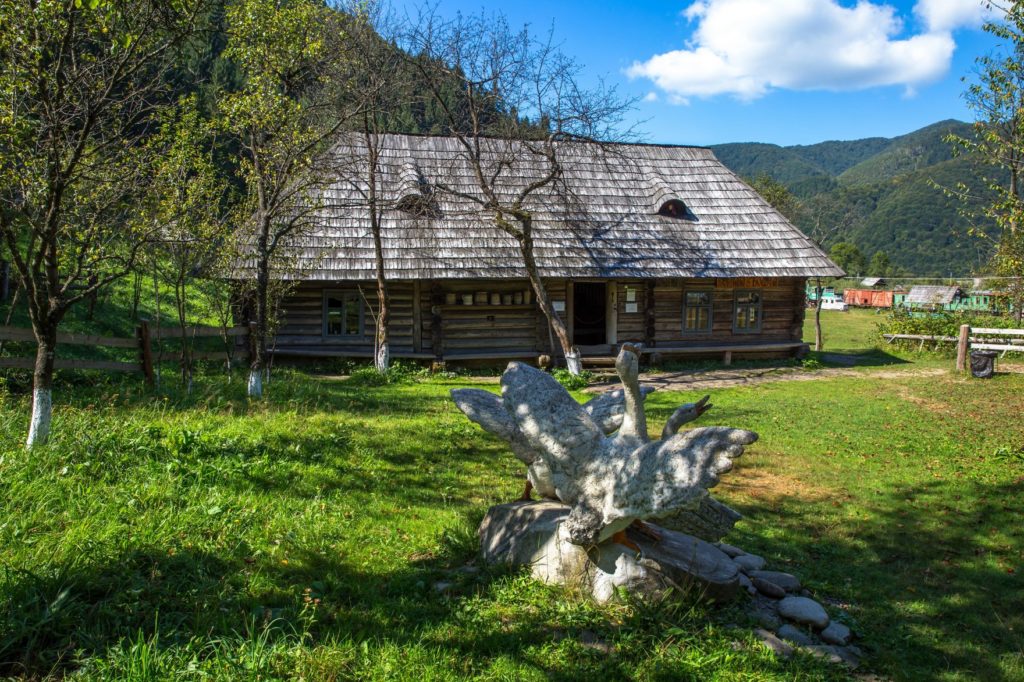
In the Open-Air Museum Stare Sioło in Koloczaw, we were happy to see the building of the former Jewish inn
It was thanks to him that the participants of the trip obtained interesting information about the other elements of the exposition related to the so-called. The Arpada line, a belt of defensive fortifications built between 1943 and 1944 on the slopes of the Eastern Carpathians, to protect the borders of the Kingdom of Hungary from a possible attack by the Red Army. In the surrounding forests, on the roads and even in river beds (eg. Terebli) is located m.in. Bunkers that allow the shelling of invading Soviet soldiers and conical reinforced concrete blockades, stopping both tanks and other enemy armored vehicles.
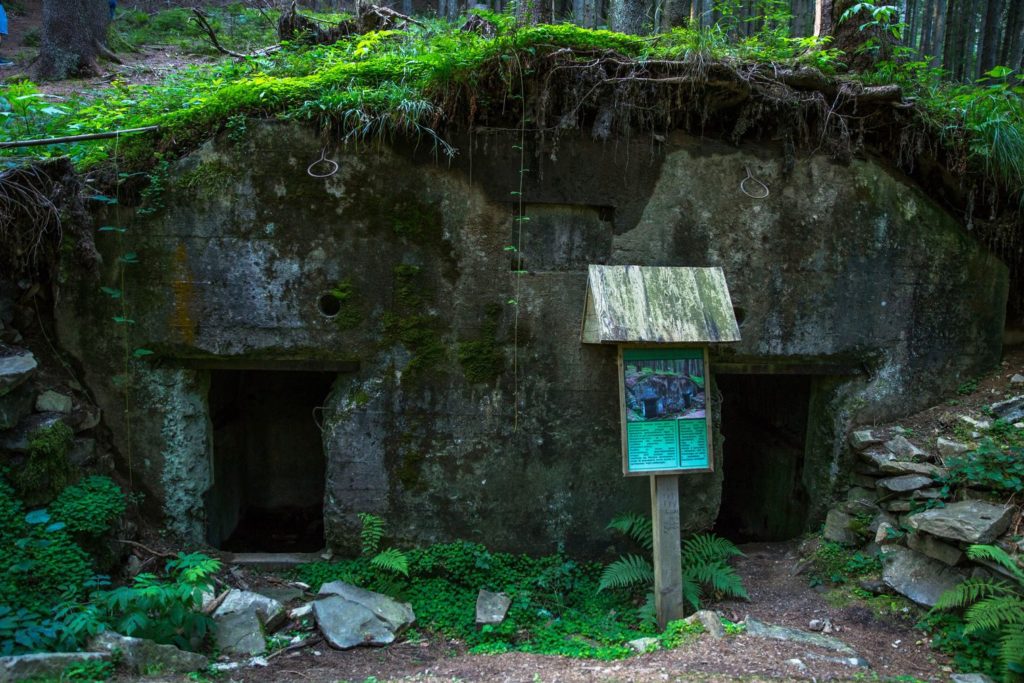
In the village of Synewir we found preserved elements of defensive fortifications of the so-called. Arpada Line
During the stay there was also sightseeing mountain trips in the areas of important tourist destinations. During the expedition in Gorganach, all participants, leaving Synewiru on foot, crossed the Piszkonii and Mała Gropa range, capturing: Jasenowiec (1628 m) P.m.), Negrowiec (1709 m) horb (1687 m) ( Barwinok (1461 m) to finally descend to Koloczawa.
Visitors from Poland pointed out that the slopes and peaks of Gorgan often give the impression of virgin places. Despite the use of the local halves (depending on the band and height) for grazing cattle, sheep or horses, those traversing the trails can contemplate the environment and its charms in an almost undisturbed way. Unlike the peaks of the nearby Chernobyl, the highest points of these mountains are not visited by too many tourists.
In settlements at the foot of the hills, time flows a little slower than in the villages visited during previous expeditions, and it can even be said that the hands of the clocks do not play such an important role here. The work to be carried out is carried out conscientiously in compliance with the daily and annual cycle, necessarily based on the laws of nature and tradition that has been going on for centuries. In Gorganach, this is evident even in the behavior of cows, representatives of the typical Carpathian bura variety, which after morning milking unsupervised go to pastures, and in the evening return to their farms.
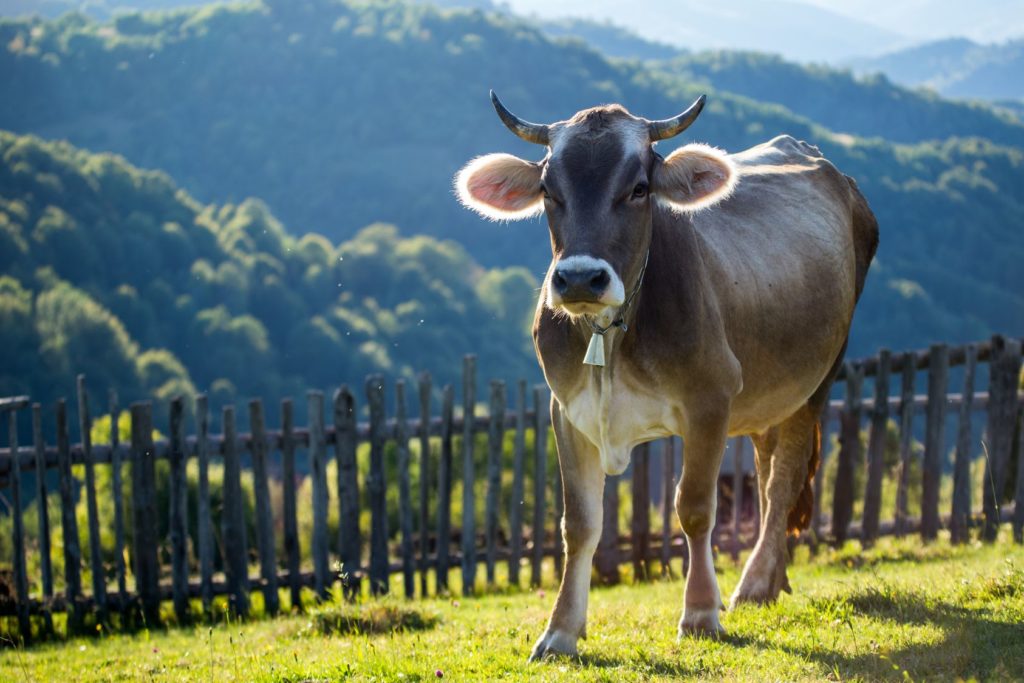
Carpathian bura – in Gorgany and other upland parts of Transcarpathia, this native breed is most often selected
While some of the participants of the expedition went on a long-unattended route to the top of The Dwarf Tapesz (1324 m). experts visited further places playing an important role in the life of Transcarpathia. Materials were collected m.in. in the Forest and Float Museum organized at the National Park in Sinewira and places where for illustrative purposes old clowns are played in the past used for wood float.
The Polish group visited experimental crops of wild and rare plants run by the Synewirski National Park, naturally occurring in mountain sites and a pole nap where various consumer herbs are grown (biologically clean). On the trail of the expedition also included the largest water water water of the Ukrainian Carpathians, formed by the landslide of the mountain slope, Lake Synevir.
Another interesting element of the mission was the visit to the apiary farm of Alexander Simon. In addition to the collection of on-site honey scans, its owner also produces m.in. a variety of propolis ointments, bee pollen and feathers. Special interest was aroused by the original natural therapy offered on the spot, for which bees are used: the patient is laid in an elongated hive, and bees fly into the patches located under a properly secured bed. The sound of their wings produces the right vibration that “calms” the emotional states of convalescents and restores them to homeostasis.

Wooden, boyish church of The Blessed Godparent and Saint. Dymitra in Matków (Turczański region, Lviv region) from 1838
On the way back, the participants of the expedition went to the area of the unique Waterfall Shepit (in Polish whisper), to which they come with the wishes of both locals and residents of distant areas. At the last stage of the expedition, the members of the tour were able to get to know the original details of the wooden structure of the Bojkowski-class church in Matków (Turczański region in lviv region).




